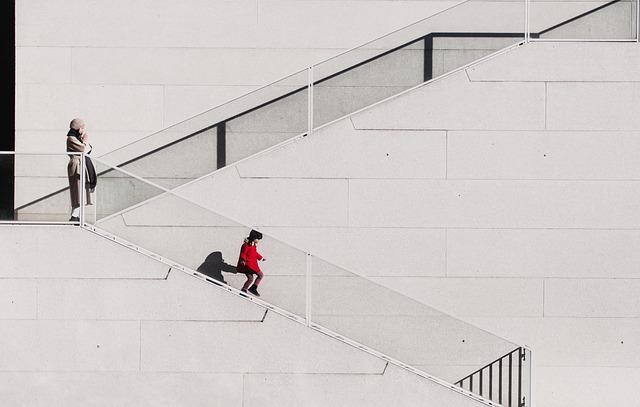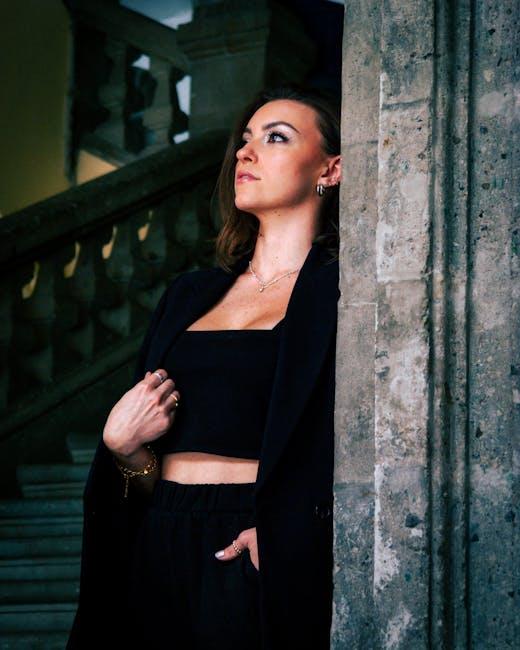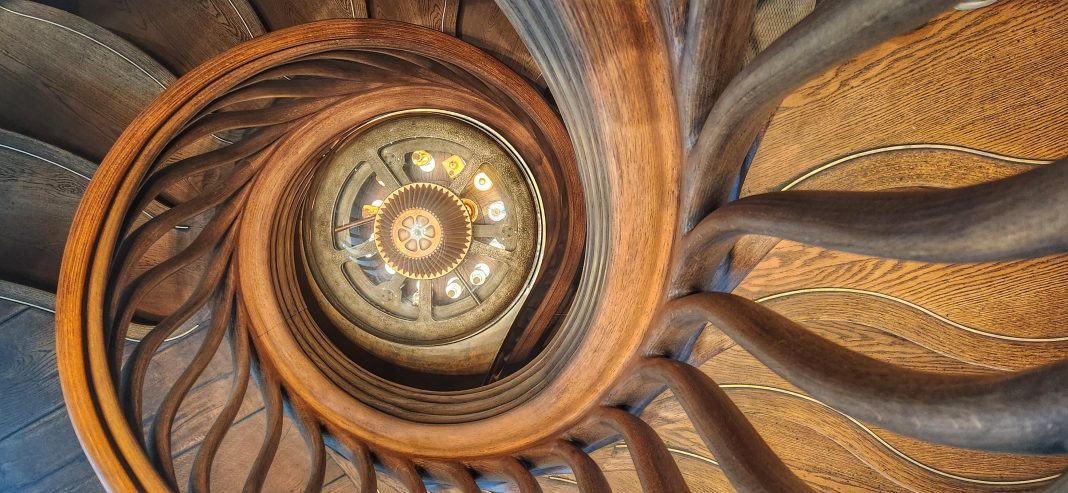In the realm of architectural design, the staircase often serves as more than just a functional element; it is a powerful symbol of transition and flow within a space. When crafted thoughtfully, a staircase can transform into a dramatic focal point, setting the tone for the entire aesthetic of a home or building. Designing a statement staircase requires a keen understanding of both form and function, blending structural integrity with artistic flair. This article delves into the key principles and innovative strategies for creating a staircase that not only commands attention but also enhances the architectural narrative of its environment. From selecting materials that evoke elegance and strength to incorporating design elements that capture the imagination, we will explore how to orchestrate a staircase that is both a masterpiece of engineering and a work of art.
Material Selection and Its Impact on Aesthetic Appeal
Choosing the right materials is crucial in crafting a staircase that commands attention and exudes elegance. The materials you select not only define the structural integrity but also significantly influence the visual allure. Wood, for instance, offers a timeless warmth and can be customized with various stains and finishes to complement your interior. Glass balustrades create an illusion of space and light, providing a modern touch that can make the staircase appear almost sculptural. Meanwhile, metal elements, such as wrought iron or stainless steel, introduce an industrial edge, adding contrast and a sense of robustness.
Consider the following when selecting materials for your staircase:
- Durability: Ensure materials can withstand daily wear and tear.
- Compatibility: Match materials with existing architectural elements and color schemes.
- Maintenance: Choose materials that align with your willingness to upkeep, such as opting for treated wood to avoid frequent refinishing.
By thoughtfully combining these elements, you can create a staircase that not only serves as a functional passage but also as an iconic centerpiece that elevates the entire aesthetic of your entrance.
Balancing Functionality with Bold Design Choices
Creating a staircase that stands as a centerpiece requires an intricate balance between practicality and artistic flair. The key is to ensure the staircase not only captivates with its aesthetics but also serves its fundamental purpose efficiently. Begin by selecting materials that speak volumes. Glass and steel can offer a sleek, modern look, while wood and wrought iron evoke a timeless elegance. Consider the interplay of these materials with the surrounding environment. Is there enough natural light to highlight the textures and finishes? Are the colors harmonizing with the rest of the decor, or do they offer a stark, yet intentional contrast?
- Space Optimization: Ensure that the staircase design maximizes the available space without compromising on safety or comfort.
- Visual Flow: The design should guide the eye seamlessly from the entrance through the staircase, creating a cohesive visual journey.
- Structural Integrity: Bold designs can often challenge engineering norms; collaborate closely with architects to maintain structural soundness.
- Lighting: Integrate lighting creatively to enhance the drama of the staircase while ensuring it remains functional and safe to navigate.

Incorporating Lighting for Enhanced Visual Drama
Lighting plays a pivotal role in transforming an ordinary staircase into a show-stopping centerpiece. Strategic illumination can highlight architectural features, guide the eye, and create a mesmerizing play of light and shadow. Consider integrating the following lighting techniques:
- Recessed Step Lights: Installing small, recessed lights into the steps can provide subtle yet effective lighting, ensuring safety while adding a touch of elegance.
- Chandeliers or Pendants: A bold chandelier or a series of pendant lights can create a focal point, drawing attention to the staircase’s height and form.
- Wall Sconces: These fixtures can add layers of light, casting intriguing patterns on the staircase walls, thus enhancing the overall drama.
- LED Strips: Use LED strips under the handrail or along the staircase edges to add a contemporary and ethereal glow.
By combining these elements, you can achieve a staircase that not only serves as a functional element but also as a dynamic piece of art within your home.

Maximizing Space Utilization without Compromising Style
Creating a staircase that serves as a focal point in your home doesn’t mean you have to sacrifice valuable space. In fact, with a bit of strategic planning, you can achieve both functionality and aesthetic appeal. One effective approach is to use the area beneath the staircase. This often-overlooked space can be transformed into a stylish storage solution or a cozy reading nook, ensuring that every square inch of your home is utilized. Consider integrating built-in shelves or cabinets, which can seamlessly blend with the staircase design, offering both storage and style.
When it comes to design elements, don’t shy away from bold choices. Floating stairs with open risers can create an illusion of space, making even the most compact areas feel expansive. Alternatively, incorporating glass railings or metal accents can add a modern touch without overwhelming the room. For those who prefer a more traditional look, intricately designed balusters or ornate handrails can add character while maintaining elegance. The key is to balance these elements, ensuring that your staircase is not only a dramatic entrance but also a harmonious part of your home’s overall design.



